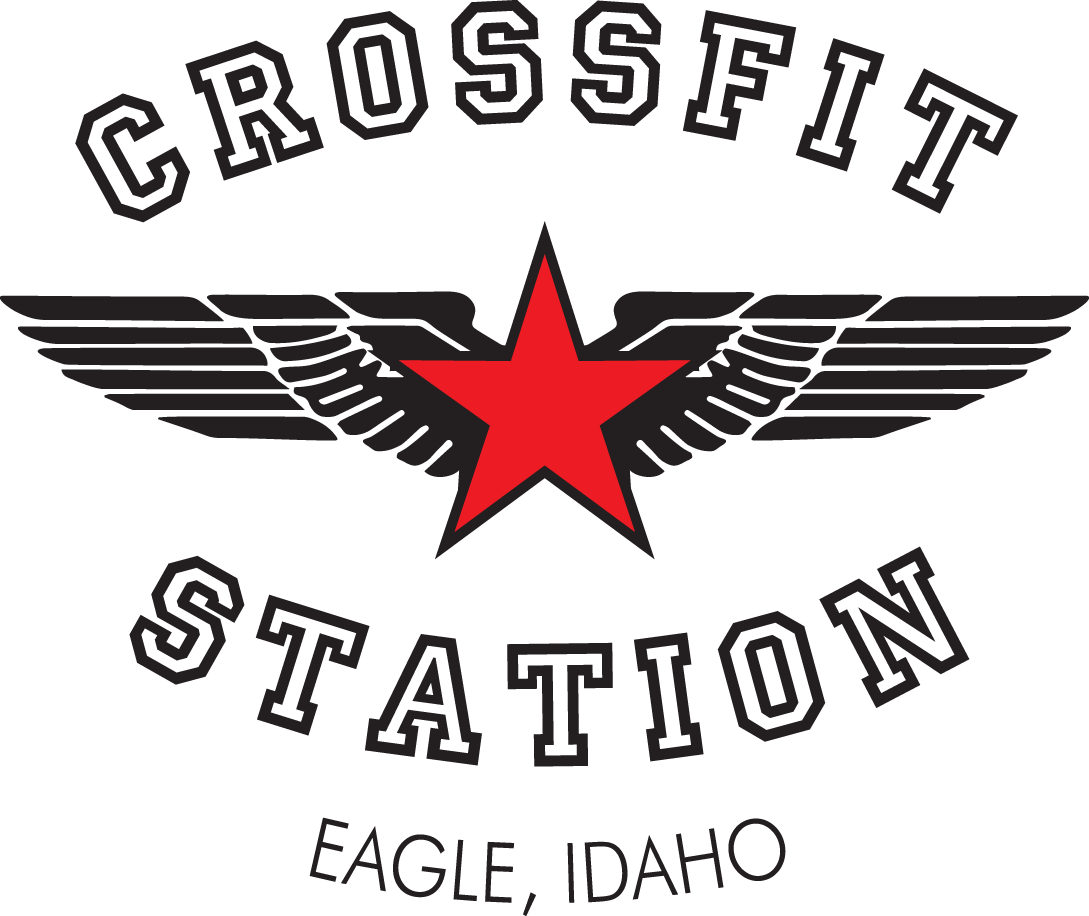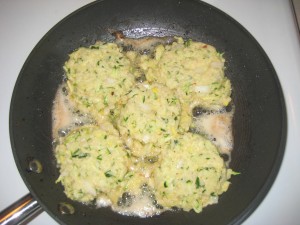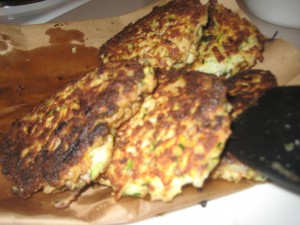Encouraged Foods
Lean Meats - Lean beef (trimmed of visible fat), Flank steak, Top sirloin steak, Extra-lean hamburger, London broil, Chuck steak, Lean veal, Lean pork, Pork loin, Pork chops
Lean poultry (white meat, skin removed) - Chicken breast, Turkey breast, Game hen breasts
Eggs (limit to six a week) - Chicken (go for the enriched omega 3 variety)
Fish - Bass, Grouper, Haddock, Halibut, Herring, Mackerel, Monkfish, Mullet, Northern pike, Orange roughy, Perch, Red snapper, Rockfish, Salmon, Striped bass, Sunfish, Tilapia, Trout, Tuna, Turbot, Walleye
Shellfish - Abalone, Clams, Crab, Crayfish, Lobster, Mussels, Oysters, Scallops or Shrimp
Fruit - Apple, Apricot, Avocado, Banana, Blackberries, Blueberries, Boysenberries, Cantaloupe, Cassava melon, Cherimoya, Cherries, Cranberries, Figs, Gooseberries, Grapefruit, Grapes, Guava, Honeydew melon, Kiwi, Lemon, Lime, Lychee, Mango, Nectarine,Orange,Papaya, Passion fruit, Peaches, Pears, Persimmon, Pineapple, Plums, Pomegranate, Raspberries, Rhubarb, Star fruit, Strawberries, Tangerine, Watermelon or any other fruits,
Vegetables - Artichoke, Asparagus, Beet greens, Beets, Bell peppers, Broccoli, Brussels sprouts, Cabbage, Carrots, Cauliflower, Celery, Collards, Cucumber, Dandelion, Eggplant, Endive, Green onions, Kale, Kohlrabi, Lettuce, Mushrooms, Mustard greens, Onions, Parsley, Parsnip, Peppers, Pumpkin, Purslane, Radish, Rutabaga, Seaweed, Spinach, Squash (all kinds), Swiss chard, Tomatillos, Tomato (fruit), Turnip greens, Turnips, Watercress.
Nuts and Seeds -Almonds, Brazil nuts, Cashews, Chestnuts, Hazelnuts (filberts), Macadamia nuts, Pecans, Pine nuts, Pistachios (unsalted), Pumpkin seeds, Sesame seeds, Sunflower seeds & Walnuts
Foods You Should Avoid
Dairy Foods - Butter, Cheese, Cream, Dairy spreads, Frozen yogurt, Ice cream, Ice milk, Low-fat milk, Nonfat dairy creamer, Powdered milk, Skim milk, Whole milk, Yogurt
Cereal Grains - Barley, Corn, Millet, Oats, Rice (brown rice, white rice, top ramen, rice noodles, bas mati rice, rice cakes, Rice flour, Rye, Sorghum, Wheat (bread, rolls, muffins, noodles, crackers, cookies, cake, doughnuts, pancakes, waffles, pasta, spaghetti, lasagna, wheat tortillas, pizza, pita bread, flat bread, and all processed foods made with wheat or wheat flour), Wild rice
Cereal Grainlike Seeds -Amaranth, Buckwheat, Quinoa
Legumes -All beans (adzuki beans, black beans, broad beans, fava beans, field beans, garbanzo beans, horse beans, kidney beans, lima beans, mung beans, navy beans, pinto beans, red beans, string beans, white beans), Black-eyed peas, Chickpeas, Lentils, Peas, Miso, Peanut butter, Peanuts, Snowpeas, Sugar snap peas, Soybeans and all soybean products, including tofu
Starchy Vegetables -Starchy tubers, Cassava root, Manioc, Potatoes and all potato products (French fries, potato chips, etc.), Sweet potatoes, Tapioca pudding, Yams
Salt-Containing Foods - Check your commercial salad dressings and condiments
Fatty Meats - Bacon, Beef ribs, Chicken and turkey legs, Chicken and turkey skin, Chicken and turkey thighs and wings, Fatty beef roasts, Fatty cuts of beef, Fatty ground beef, Fatty pork chops, Fatty pork roasts, Lamb chops, Lamb roasts, Leg of lamb, Pork ribs, Pork sausage, T—bone steaks
Soft Drinks and Fruit Juices - All sugary soft drinks, Canned, bottled, and freshly squeezed fruit drinks (which lack the fiber of fresh fruit and have a much higher glvcemic index)
Sweets -Candy, Honey, Sugar
Paleo for athletes diet may vary in some circumsatnces. As an athlete we need to use foods such as the potato, sweet potato, yam or a banana to restore muscle glycogen as a post exercise food. So when reading the above information remember to ask questions and do the research necessary for your personal exercise and daily dietary plan.
(Information obtained from the book "The Paleo Diet/The Paleo Diet for Atheles" by Loren Cordain.



